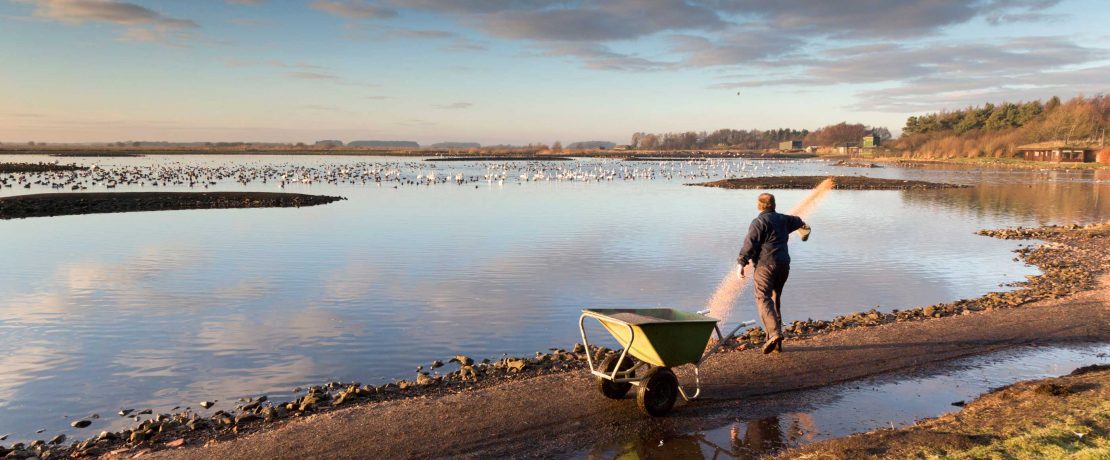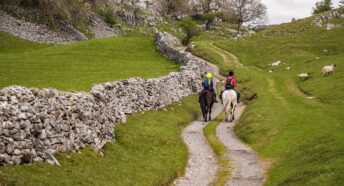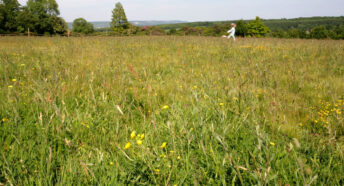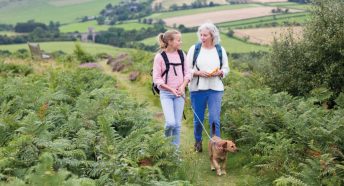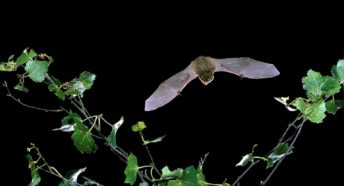Ducks, divers, waders and geese: wetlands and wildfowl for your wild heart
Whether bog, marsh, estuary or mudflats, take a stroll and celebrate the wildlife of our soggier places for International Wetlands Day in February.
Chichester Harbour
The myriad inlets and creeks of Chichester Harbour and its neighbouring harbours of Langstone and Pagham provide a range of wetland habitats important for a wide variety of birds. Indeed, Chichester Harbour itself is so significant for landscape and wildlife that it forms an Area of Outstanding Natural Beauty (AONB).
Its saltmarsh and mudflats provide a home for around 55,000 birds, living or visiting, including Brent geese, dunlin and little egrets. There are villages with bus routes connecting to the main line station of Chichester, or try the 12 mile cycle route of Salterns Way that takes you down the eastern edge of the harbour to the dunes at West Wittering.
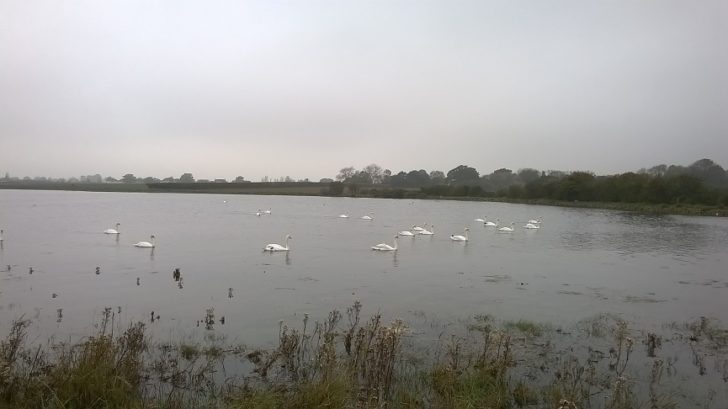
Slimbridge
The first of the Wildfowl and Wetland Trust (WWT) sites, Slimbridge in Gloucestershire was set up by naturalist Peter Scott as a base for WWT in 1946 and is also now the base for a wide range of ducks, geese and swans – up to 30,000 roost there during winter.
For days too wet even for wetlands, you can book a tour of Peter Scott’s house and museum, with its beautiful views of the reserve. By February, early spring migrants such as avocet and oystercatchers are starting to reappear.
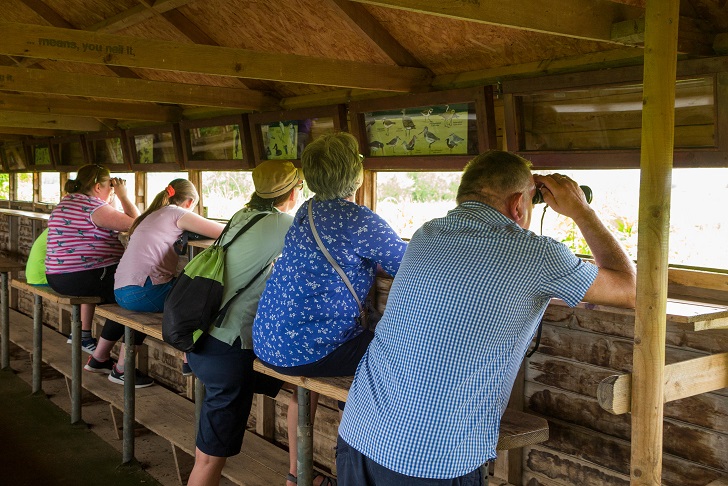
London town
Beloved by London birders, the London Wetland Centre, easily within Greater London, takes advantage of the Thames flood plain to provide a wetland haven alongside the river.
The Thames Path runs along one side of it. Run by WWT, it has a range of facilities and in winter large numbers of gadwall, shoveler, widgeon and teal are visitors while there are also much rarer bitterns on site. There is also a chance to see the centre’s Asian short-clawed otters in the unlikely event that you’re birded out.
On the eastern side of the capital, the wetlands of the Lee Valley beckon, with the river on its way into the Thames providing lakes, reedbeds and marshes for birds and other wildlife.
Minsmere
Out on the Suffolk coast, Minsmere, looked after by the RSPB, has become well known to viewers of BBC Springwatch and its other seasonal programmes.
It has reed beds, the shingle beach, heath and lowland wet grassland with a range of hides and trails. It does have a charge for non-RSPB members but that means it has facilities, including accessible toilets and daily advice from rangers on good trails for those with mobility issues – and what to look out for.
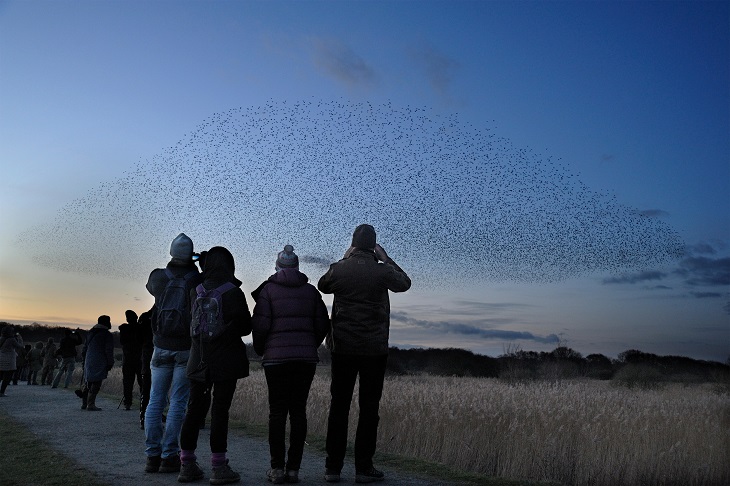
Humber estuary
Estuaries are important wetlands for a range of wildlife and, further up the east coast, the Humber estuary is a key UK wetlands site. Blacktoft Sands, also run by the RSPB and also with an entrance charge, is England’s largest intertidal reedbed, with wildfowl and waders throughout the year.
However, it’s also good for birds of prey, especially the marsh harriers that roost there in winter with hen harriers, merlins and barn owls also featuring on the long list of birds spotted there.
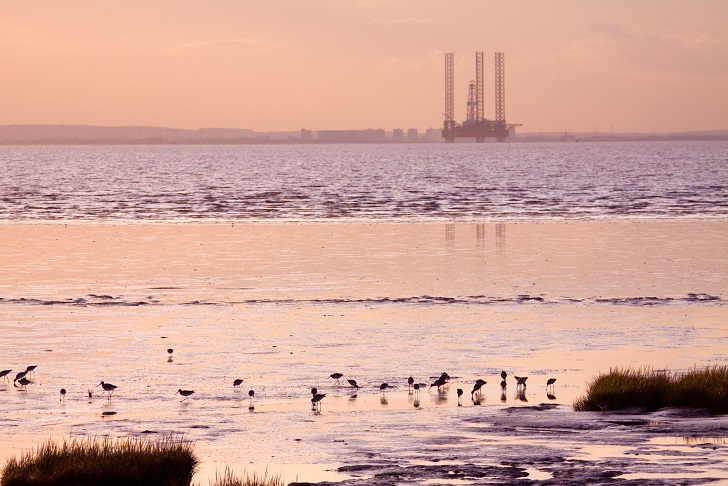
Morecambe Bay
In the north west, Morecambe Bay is a wetlands delight. This time of year is good for bird watching, especially on the bay and estuaries. With lakes, bogs, reed beds and rivers, as well as the vast tidal flats of the bay itself, there’s plenty to make it worth carrying some binoculars with you.
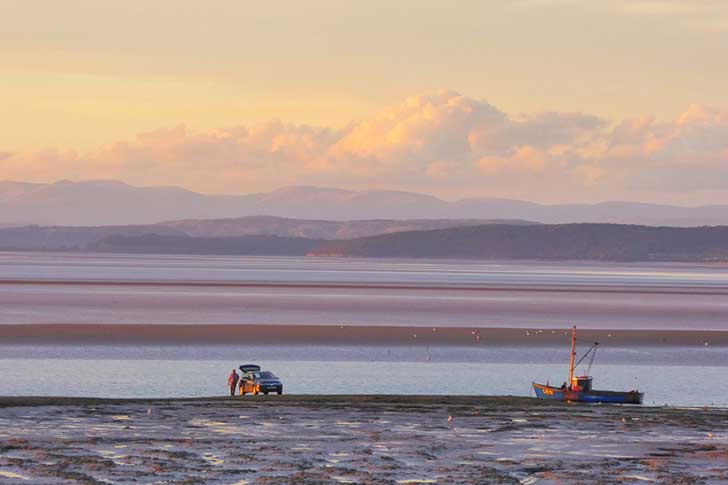
Welly-boots on: how to prepare for your visit
Remember, water levels in tidal areas can change quickly so it’s essential to check tide times and plan ahead. Sands and mudflats can be soft and squidgy underfoot, so stick to firm, safe areas and wear the right shoes for the job!
Some of the wetlands might have boardwalks, making them easier to access for buggies, wheelchair-users and let’s face it, all of us – but this isn’t the case everywhere so it’s wise to check ahead of time on the relevant websites. Some sites will have heaps of handy information – our colleagues at the RPSB and the WWT are a great help – and they can also confirm what charges apply for visits and parking.
Loved reading about the wildfowl to warm your wild heart? We have articles like this in our award-winning member’s magazine Countryside Voices. Become a member now from as little as £5 a month to help us keep working to keep the countryside in the best of health – whether that be wet and soggy or green and rolling!
